
views
Calling from a Cell or Landline Phone
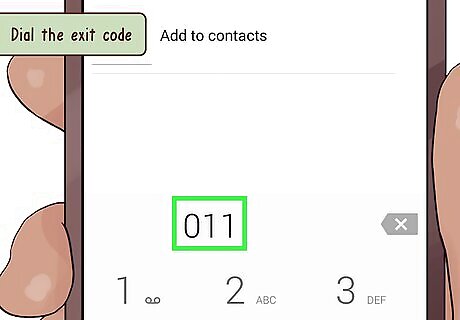
Dial the exit code. Depending on where you’re calling from, an exit code can range from two to four characters. In the United States, Canada, the Dominican Republic and U.S. territories such as Guam and Puerto Rico, this code is 011. If you’re calling from anywhere else in the world, visit https://countrycode.org/ to look up your exit code. If you’re on a cell phone, you can save time by pressing +, which is on the same key as 0. This will not work on landline phones.

Dial 33. This is the country code for France. If you don’t use 33, you’ll be accessing a different country.
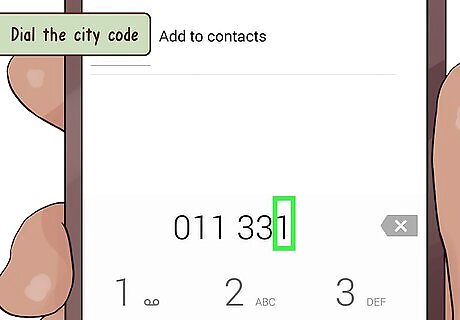
Dial the city code. The city code is the first two digits of the phone number. If the first digit of the city code starts with a 0, start with the second digit. For example, in this number: 01 22 33 44 55, the city code is 01. Do not dial the 0 part of the area code. Just dial 1.
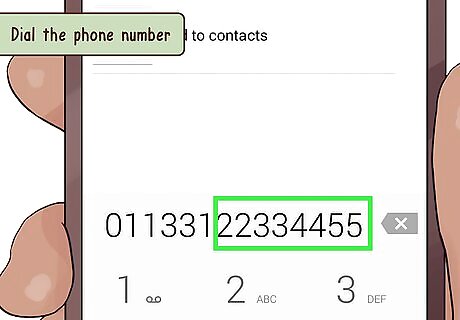
Dial the phone number. French phone numbers have eight digits (after the two-digit city code). The phone numbers are usually written as five pairs of numbers with a space between each pair. Sometimes dashes or periods are used instead of spaces. For example, to dial a person in France at 01 22 33 44 55 from the US or Canada, you would dial 01133122334455.
Using a Prepaid Calling Card
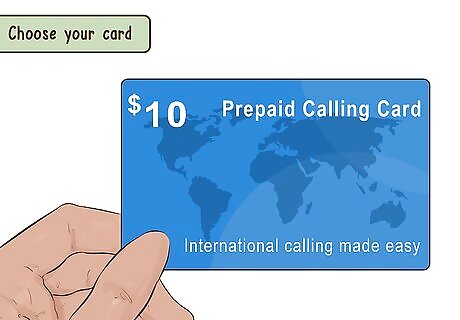
Choose your card. Buy prepaid calling cards from department stores like Target or club stores like Costco. Large chain stores usually have the cards hanging on wall racks so that customers can examine them before buying them. Cards sell for as little as $2.00, but that doesn’t necessarily mean you’ll get a bargain. Check the per-minute rate for France. Compare rates if different kinds of cards are available. Always read the fine print before buying a prepaid calling card. Check if rates to cell phones cost more than calls to landlines or if you can use the card for multiple calls. Check the expiration date. If you spend $30 on a card, you shouldn’t be forced to use it in just a month. If you want a reloadable option, set up an account with online providers like ZapTel, which offers low rates for calls to cell phones and landlines.
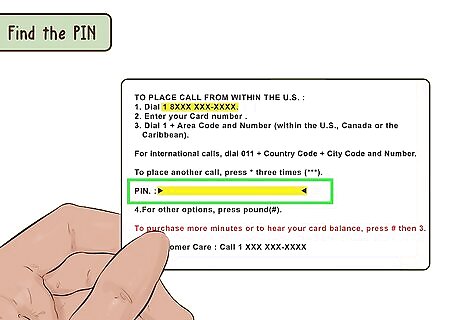
Find the PIN. Most cards list the PIN underneath a silver scratch-off coating. This may be located on the front or back of the card depending on the manufacturer. In rare instances, however, the PIN might be listed on the receipt.

Place your call. Dial the 800 number listed on the front of the card. Listen to the options on the automated menu. If it’s your first time using a prepaid card, be patient when listening so that you don’t miss anything. Wait until you are prompted to: Enter the PIN. Dial the number you want to call using the steps outlined in Method 1.

Keep track of your minutes. Keep a pen and paper by your phone. Jot down the time you began your call and the time you hung up. Convert the time span into minutes. Deduct those minutes from the total minutes you paid for. For example, if you began your call at 12:00pm and ended it at 1:10pm, you were on the phone for 70 minutes. If you bought 5,000 minutes of talk time, you now have 4,930 minutes remaining.
Saving Money without a Calling Card
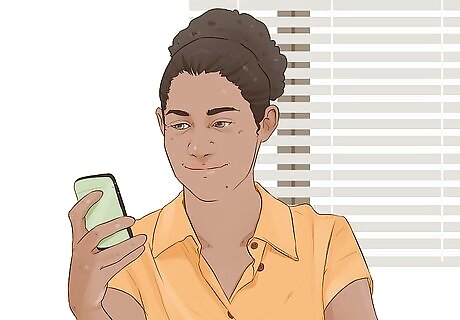
Contact your phone company for a calling plan. Whether you use a landline or a cell phone, you can save money if you make frequent calls to France. Depending on your provider, you could purchase an international calling plan for a flat fee or a reduced per-minute rate. Ask your service provider about flat monthly fees and overage charges for calls to France.
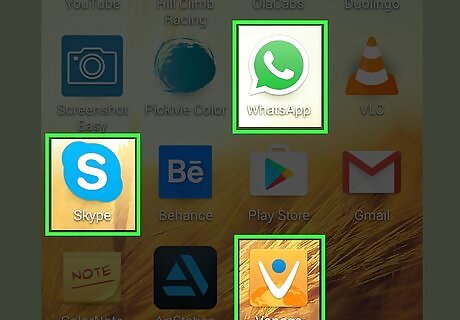
Download an app to your smartphone. Many apps, such as Vonage, Skype, or WhatsApp, allow you to call France for a steep discount or even for free. Weigh the options of how much the app costs versus how much it will save you in charges. Shop around for the app that’s best for your calling habits. Consider how long you’re planning to talk, how often you plan to call, and whether you’re calling a landline or a cell phone.
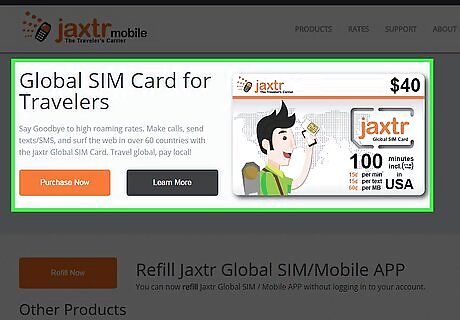
Look into VoIP services. If you don’t have a smartphone, phone services through VoIP (Voice over Internet Protocol) allow you to call landlines, cell phones, or computers. Through VoIP providers like Vonage or Magic Jack, you can call France and many other European countries for a fraction of what you would pay through a traditional landline service.
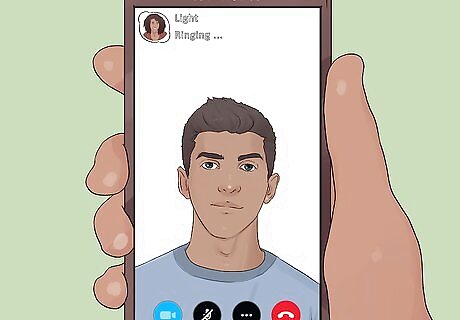
Consider video chat. You can talk to anyone in France or anywhere else in the world free of charge over many video chat services. Be sure to check the fine print. With Skype, for example, your chat is free only if your contact is also using Skype and if you’re only talking to one other username. Three-way chats cost extra.
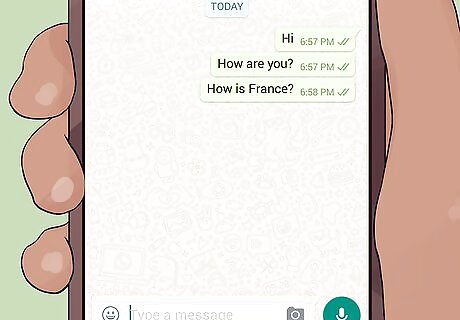
Consider text messaging. Choose texting if you want to send short messages on an infrequent basis. If you want to let your friend in Paris know you’ve arrived in New York safely, $0.15 for a single text is the more affordable option than the $0.99 per minute a voice call could cost you.

















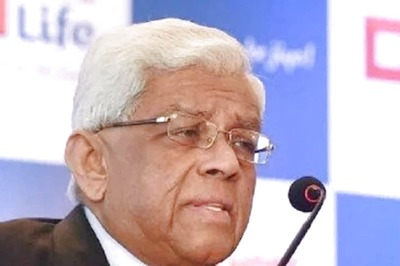

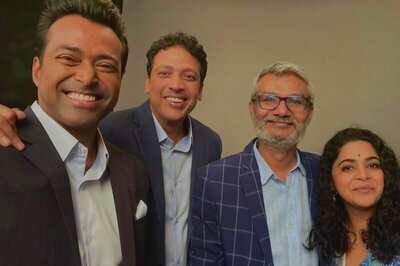
Comments
0 comment